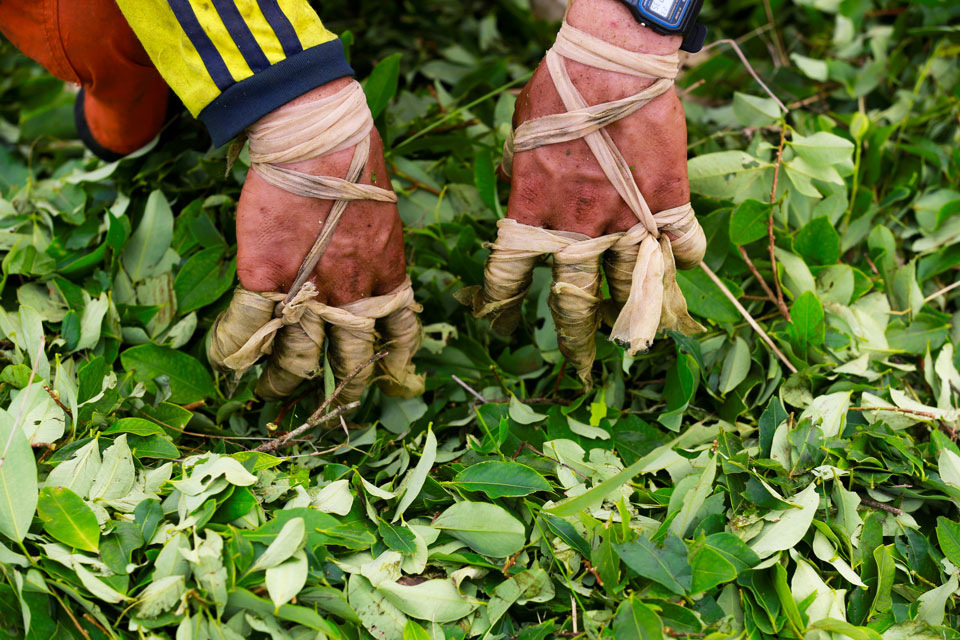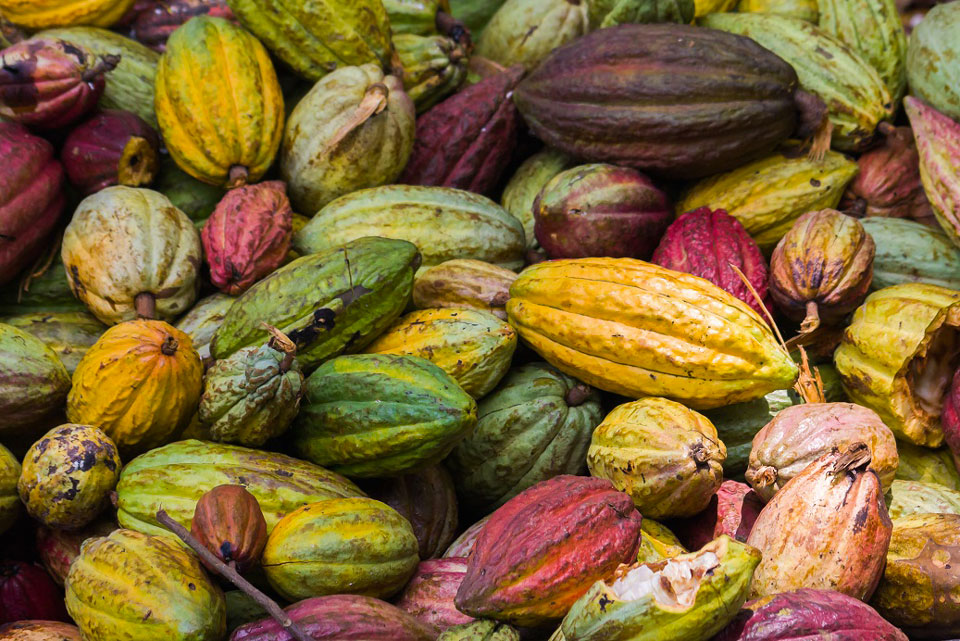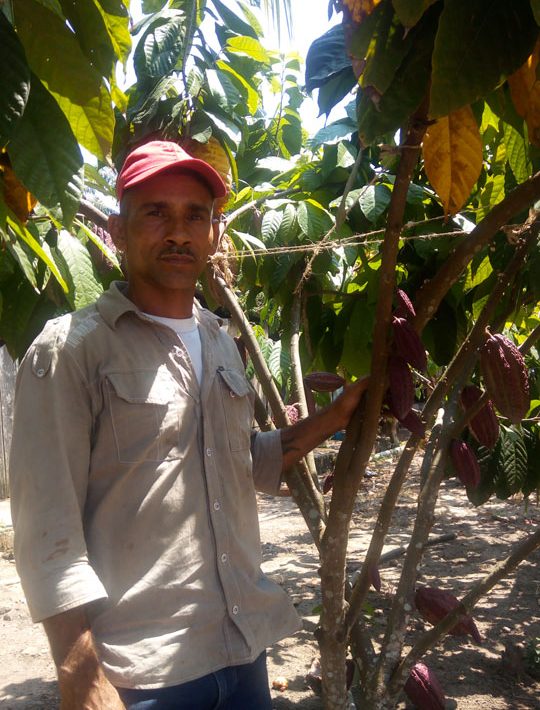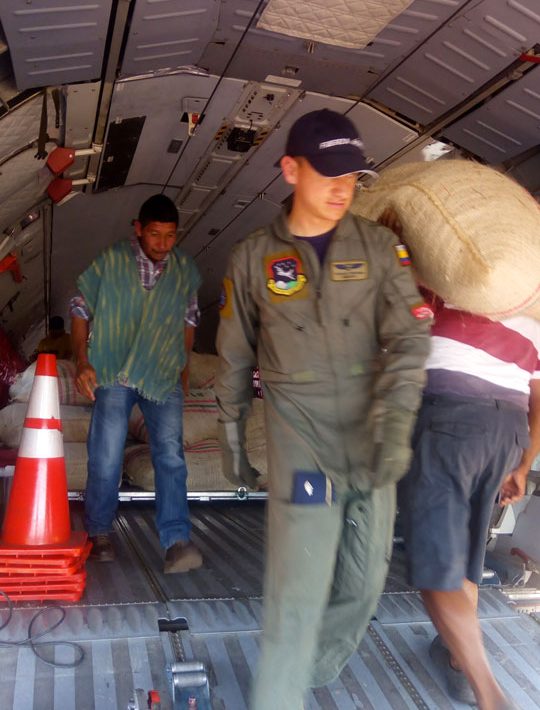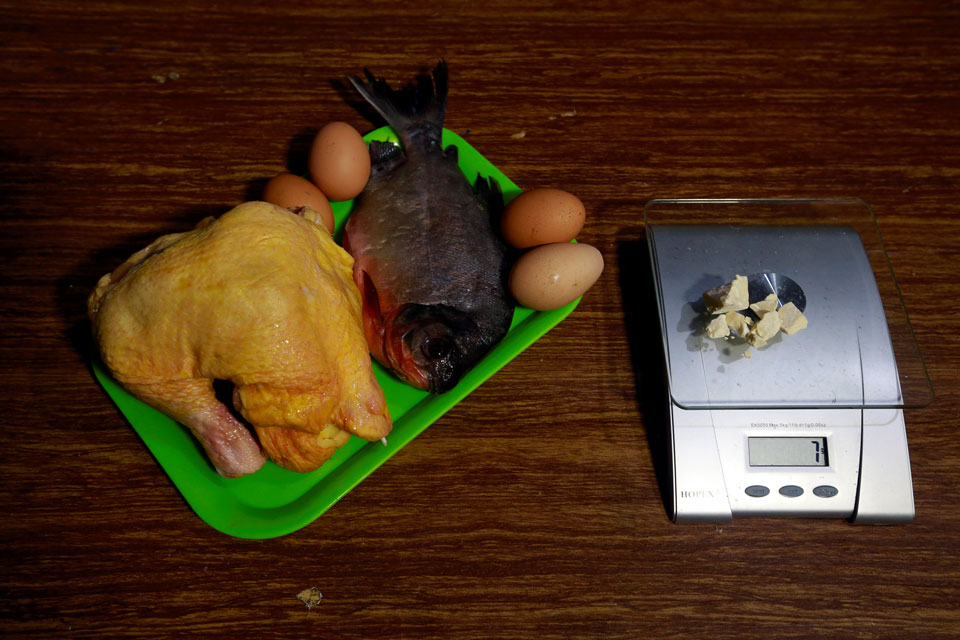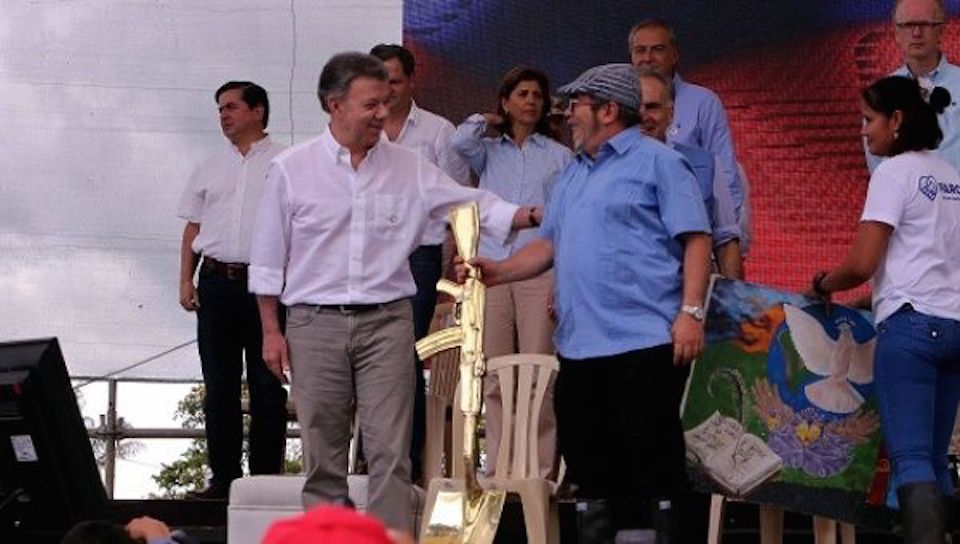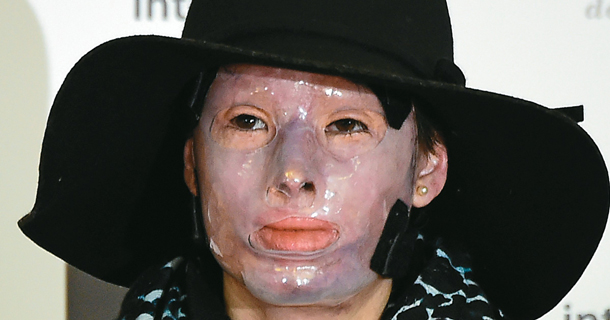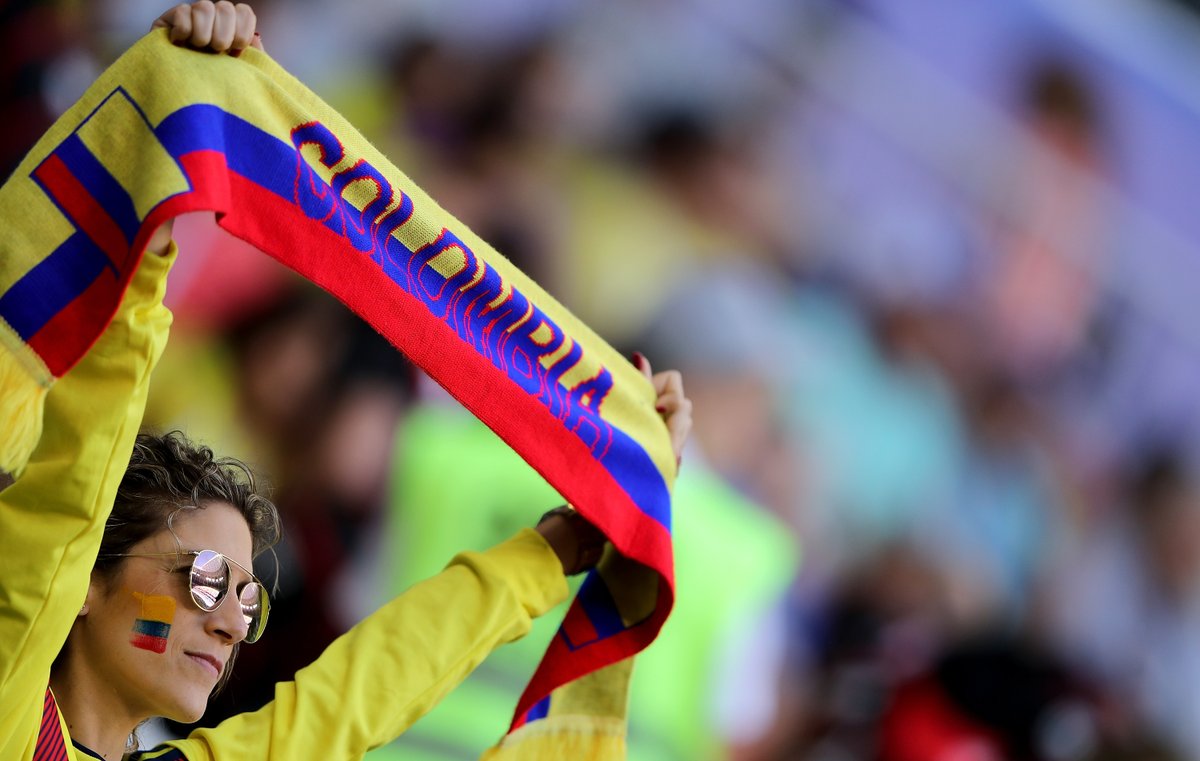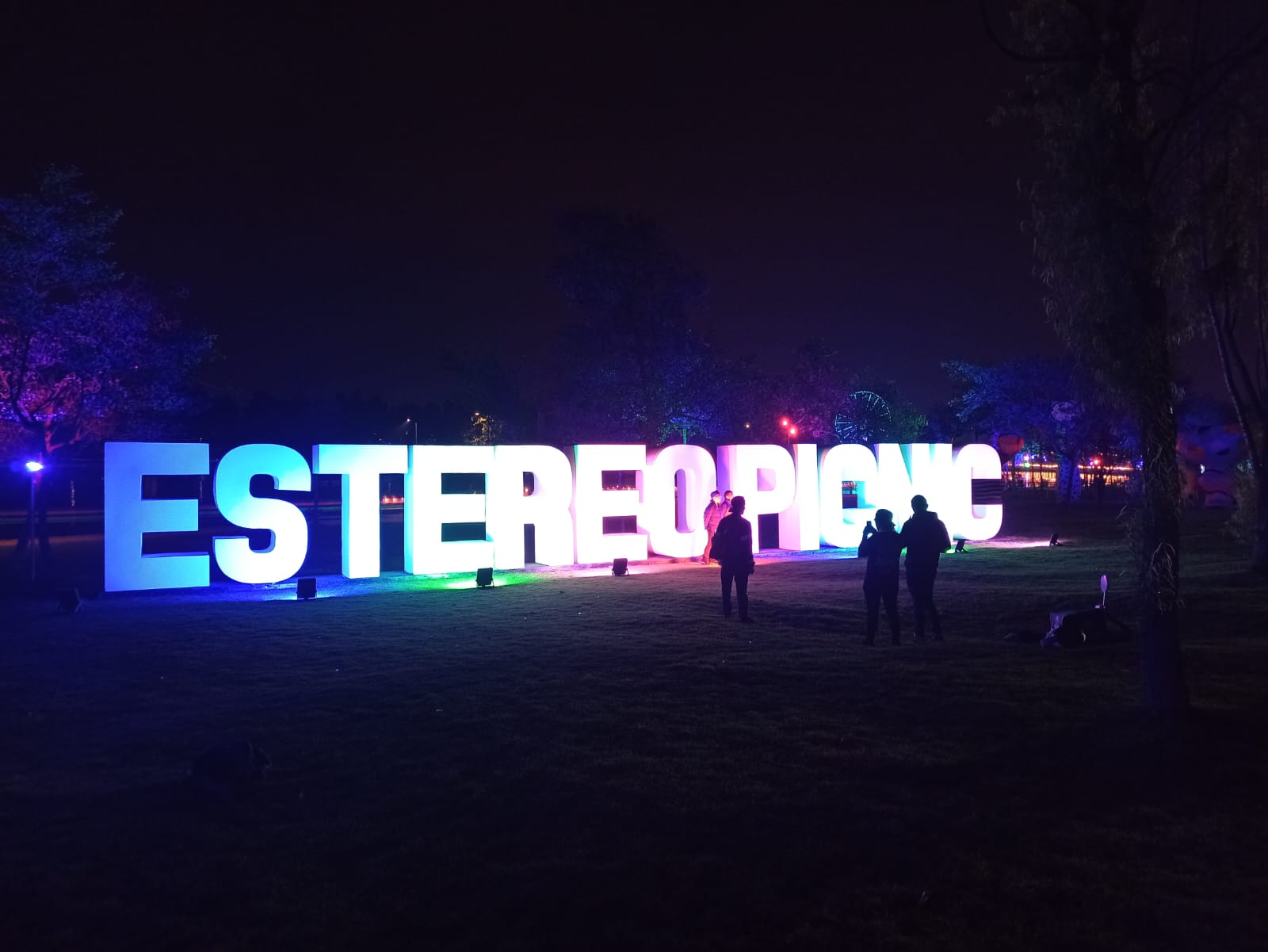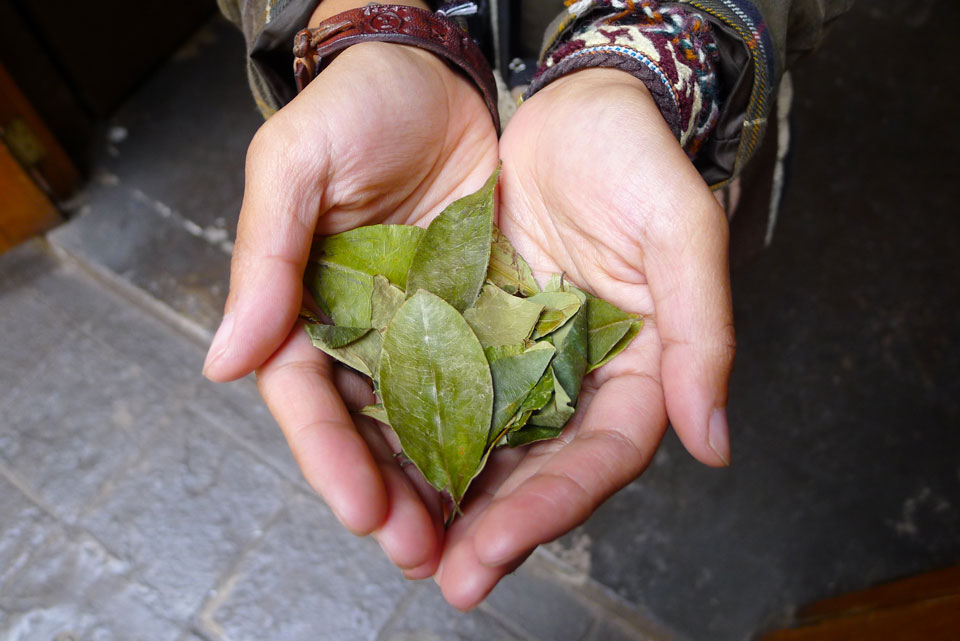
As coca production sky rockets, we find out about the realities of crop replacement as we speak to some of the first farmers to swap coca for cacao.
Back in 2012, the Black Triangle, one of the country’s most prolific coca regions, took its first steps towards crop substitution. Marian Romero visits the area and finds out why farmers are turning to cacao.
The Black Triangle, one of the most remote areas of Colombia, has rewritten its drug trafficking history, becoming the first successful case of crop substitution in the country. In February, farmers from the region made their second delivery – 2,621kg of high quality cacao beans – to one of the country’s top chocolate producers, CasaLuker.
While the latest figures from the US government show that Colombian coca cultivation increased again in 2016 to reach the highest levels in decades, the story of the Black Triangle shows that in the long run, crop replacement schemes are a real possibility.
The Triangle is located in the extensive municipality of Cumaribo, in the department of Vichada, bordering Venezuela and at the gates of Amazonia. For three decades Güérima, Chupave and Puerto Príncipe (the villages that make up the Triangle), dedicated themselves to cultivating and processing coca which was then dispatched by air to the United States. According to figures from the United Nations Office on Drugs and Crime (UNDOC), Vichada now has only 683 hectares of cultivated coca compared with 4,910 hectares in 2002.
Coca cultivation at all time high
The latest figures from the US State Department estimate that in 2016, coca cultivation in Colombia totalled 188,000 hectares – up 18% on the year before. Cultivation has risen steadily since 2012 when it reached an all time low of 78,000 hectares.
A report by WOLA (an NGO that campaigns for Human Rights across the Americas) identifies several possible factors behind the increase. One aspect is the possible subsidies available to coca farmers as part of the peace deal, along with the halting of aerial glyphosate fumigation and a reduction in ground-based forced eradication. The strong dollar and reduction in global gold prices also play a part in making coca an appealing crop.
The government plans to eradicate 100,000 hectares of coca this year – half through crop substitution programmes and half through forced eradication.
Speaking at the 60th Session of the UN Commission on Narcotic Drugs, the director of Colombia’s Land Agency, Miguel Samper said, “We don’t want campesinos in prison. We want campesinos who own land.”
He explained, “It is the first time in history that the idea of alternative development has ceased to be seen mainly in terms of illicit crop substitution but rather as the key to integrated rural development. For the Land Agency this of course implies guaranteeing the right to land for those who opt for legality.”
When I visited, I found 248 families who have decided to turn the page of illegality and begin to cultivate cacao, an alternative that promises to be the beginning of the voluntary eradication of coca.
I met Pedro Tobías, a farmer who arrived in Güérima in the 1990s to ‘scrape’ [harvest the coca leaf], and he tells me that business has fallen a lot. The days when scraping between 280-340 kg was enough to live comfortably and send money to the 12 children he left in his hometown of Cartagena are long gone.
“In my city I could not support my family on the minimum wage, that’s why I came to Vichada. During the coca boom I earned 150,000 pesos a day, now I make half that. But I like it here, so I adapt to the circumstances – plus I work the land legally now and that is an advantage,” he says.
We want this area begin to be known as the Cocoa Triangle thanks to its sustainable production, just as people recognise the Coffee Region.
– Colombian Air Force Colonel Jean Paul Strong, commander of the ARES Joint Task Force.
He is now the treasurer of the Association of Agricultural Producers of Alto Vichada (Proagro). The organisation was set up with the help of the government and the military forces, and made up of several campesinos like Tobías who wanted to find alternatives to coca.
The current president of Proagro, Isidro Montiel, is another of them. He arrived in 1982 looking for better life options. Back in the 90s there were about 12,000 people in Güérima, many of whom had been attracted to the area by the lucrative possibilities offered by coca farming. Now, the farmers who have stayed have done so for the agriculture, not for the coca specifically. Cacao is seen as the most viable alternative crop because it grows naturally, has an international market and can be stored for over a year.
One significant challenge that faces the villages is accessibility: the roads are in very poor condition. It can take eight hours to get from the Triangle to the municipal centre of Cumaribo and from there to Villavicencio can be another 15 hours – and that’s in summer, because if it is raining it’s practically impossible to pass. That was one of the reasons Proagro decided to plant a less perishable crop like cacao, even though they had to wait four years for the first harvest.
Crop replacement, a long-term project
The Triangle is difficult to access by road, but it was ideally placed for drug-laden aircraft to quickly cross the border with Venezuela and continue from there to the United States. That all changed in 2012 when the ARES Joint Task Force – lead by the Colombian Air Force – arrived in the area with the objective of reducing illegal air traffic.
It was the first time a state institution had been installed in this area, and represented a huge change since the Triangle had been dominated by groups, like drug traffickers, who had spent 30 years living on the margins of the law, and guerrillas like the FARC and ELN.
The presence of the armed forces was only one part of the strategy to tackle drug trafficking. The other consisted of presenting the campesinos with an agricultural alternative that was profitable enough to make them leave coca aside – and so the crop substitution plan was born.
“Our mission is to combat drug trafficking and dismantle the structures of organised armed groups that use terrorism, illegal mining and other criminal phenomena still present in the area,” Colonel Jean Paul Strong, Commander of the ARES Joint Task Force told me. He explained if they are to be successful, it will be crucial to create agricultural jobs, “90% of the inhabitants have been planting coca for generations, in this case repressive measures would not give the best result.”
During the coca boom I earned 150,000 pesos a day, now I make half that. But I like it here, so I adapt to the circumstances – plus I work the land legally now and that is an advantage.
– Pedro Tobías, treasurer of the Association of Agricultural Producers of Alto Vichada.
This pragmatic approach is reflected in the way the authorities turned a blind eye to the continued planting of coca until the first legal harvest – even though cacao cultivation began in 2012. “We could not get rid of coca because the campesinos needed to continue to have a source of income,” said Colonel Strong.
“The commitment from the farmers requires the total eradication of illicit crops in exchange for government support. We want this area to be known as the Cacao Triangle thanks to its sustainable production, just as people recognise the Coffee Region.”
The local government of Vichada assisted the crop substitution programme by donating COP$1 million worth of cacao seeds as well as sending agronomists to train the campesinos. The Air Force even stepped in and told Proagro they would transport Güérima’s cacao to Bogotá for a year at no cost. They also helped to create an agreement between Proagro and the cacao processor CasaLuker, which includes: payment of a fair price according to the stock exchange, payment of freight, constant training, a harvest plan, and the option to use cacao as a form of payment.
This project was the first of its kind, signed under the framework of the peace agreement. The government welcomed the initiative, creating a plan called Integral Development for Alto Vichada. This technical and financial support includes an immediate plan offering assistance in the form of one monthly minimum wage (COP$737,717) per family alongside support for growing a short term crop like plantain or corn so that farmers do not have to depend on the coca crops. With this agreement, 183 new hectares were planted and 108,710 cacao plants were grafted.
The history of the Triangle
Vichada was once thick jungle, overrun by a host of native flora and inhabited by indigenous people such as the Sikuanis, Puinabe, Kurripaco, Piaroba, Piapoco, Sáliba, who together totalled around 2,000 people.
The landscape changed in the 80s when Carlos Lehder, co-founder – with Pablo Escobar – of the Medellín Cartel, found in this unprotected plain the ideal soil to increase his coca plantations without being discovered by the authorities.
Lehder, whose success as a drug trafficker came largely from his ability to pilot planes, came to Vichada to appropriate the land and expand his coca crops. Cumaribo is the largest municipality in Colombia, with an area of 65,193 km², as large as Sri Lanka and bigger than 100 other countries!
The villages of Güérima, Puerto Príncipe and Chupave grew as a way to maintain the active production of cocaine, controlling the entire production chain, from cultivation to transportation and marketing in the United States.
These villages have approximately 1,500 inhabitants each. There is only electricity from seven to ten at night, there are no health posts, and there are no connecting roads, town halls or churches, only three landing strips for small aeroplanes through which the coca cargoes came out. Amidst the vegetation the tracks were practically undetectable from the air.
When Lehder was captured by a Colombian Air Force operation in 1987 and sentenced to life imprisonment in the United States for drug trafficking, the FARC’s 16th Front assumed power in the area. It became known as the Black Triangle or the Triangle of Evil because it was a sector that lived solely on crime.
At that time the peso as a currency had lost its importance, everything was paid with coca base paste (PBC, for its acronym in Spanish), which is still valid today. Each gramme of it currently costs COP$2,500, and products are more expensive when paying with PBC. Despite the decline in coca production in the region, the Triangle continues to be one of the most expensive areas of the country. A box of sugar that would cost COP$60,000 in Bogotá, costs COP$80,000 in the Triangle; and a bottle of water or beer costs between COP$4,000 and COP$5,000.
Those high costs are another factor in pushing the farmers towards cacao instead of coca. “People decided to change crops because the materials needed to mix with the coca leaf to make it into paste [the pre-cocaine stage, as it is now marketed] are too expensive and hard to find. A gallon of gasoline can cost COP$20,000, acid and cement are almost impossible to get,” said Tobías. “Instead, we now have access to benefits from the government and we can sell the cacao at a fair price.”
- A coca farmers hands prepared to ‘scrape’ the coca plant.
- Farmers in the remote municipality of Cumaribo are swapping coca for cacao.
- Pedro Tobías beside one of his plantations’ cacao trees.
- The Colombian Air Force now helps with the transportation of harvested cacao.
- Coca base paste was a commonly used currency when buying food supplies.
By Marian Romero

